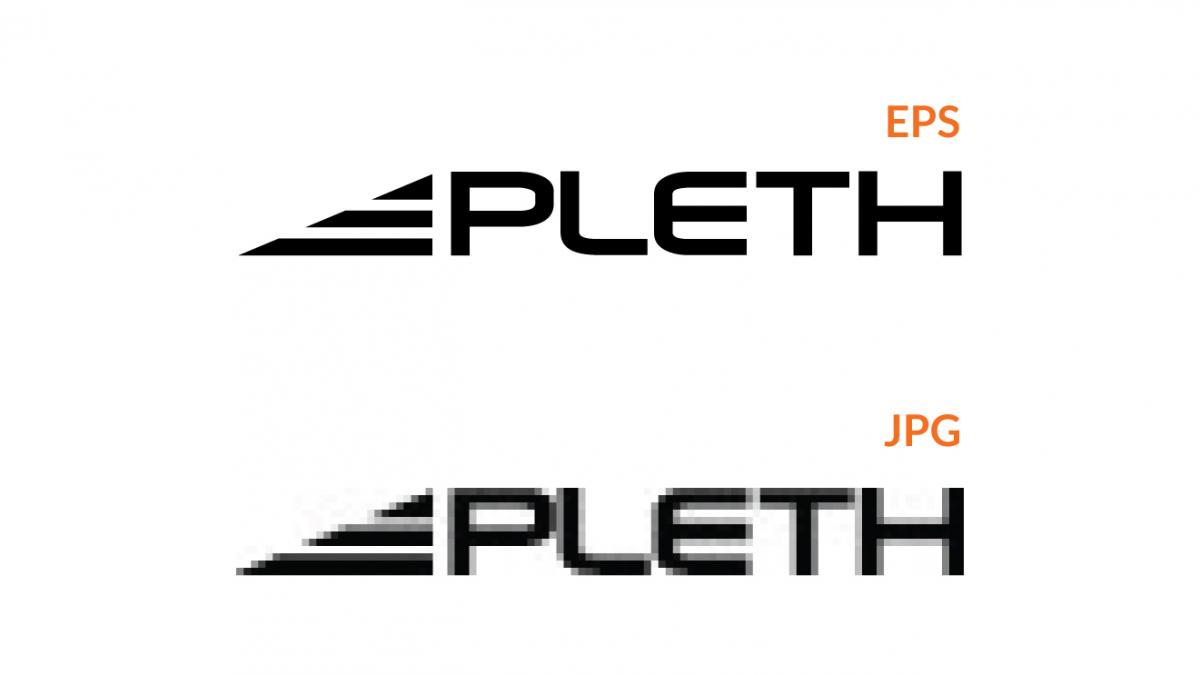If you’re in business (of any kind), you have a logo (or you should). And chances are, at some point, you have been asked to send your logo to a third party: ad agency, billboard company, printer, embroidery shop, etc. Or you have placed your logo on marketing materials yourself, such as your website, your Facebook profile pic, forms, letterhead or brochures.
The following is the low-down on file types—what they are and when to use them—so the next time you scroll to that logo file, you’ll know beforehand which type will work best.
JPEG – This type doesn’*t support transparency and will have a white background, so only use it on whitespace…basically, it’s the comic sans of file types. It’s less commonly known (although it should be shouted from the rooftops) as the evil twin of PNG. Unless specifically requested DON’T USE JPEG. Never, ever, ever, like ever—like T-Swift said.
PNG – A PNG is a raster-based image that is best used for web. It has a transparent background so it’s also good to use on top of photos. This is the better-looking, smarter twin of JPEG. Stick with this file if you want to get into all of the parties.
EPS – Vector files are scalable to any size and used for high quality print jobs like business cards, brochures, billboards, etc. EPS is the “traditional” format, most useful for printing. Consider it the golden child that does everything right all the time. If possible, use this file type in all cases until the end of time, forever and ever, Amen.
PDF – This high-resolution file can be universally downloaded and viewed by any computer that has the Adobe Acrobat plug-in. As a “replacement” for EPS, it is the misunderstood middle child…basically a clone of EPS that any “basic” can open.
If you only have one version of your logo and need help converting to any of the above file types, just let us know, www.pleth.com/contact. It’s obviously our thing.



